Water Access In Lima Complicated by Inequality and Climate Uncertainty
With a population of 10 million, the world’s second-largest desert city receives a paltry 0.3 inches of rain each year.
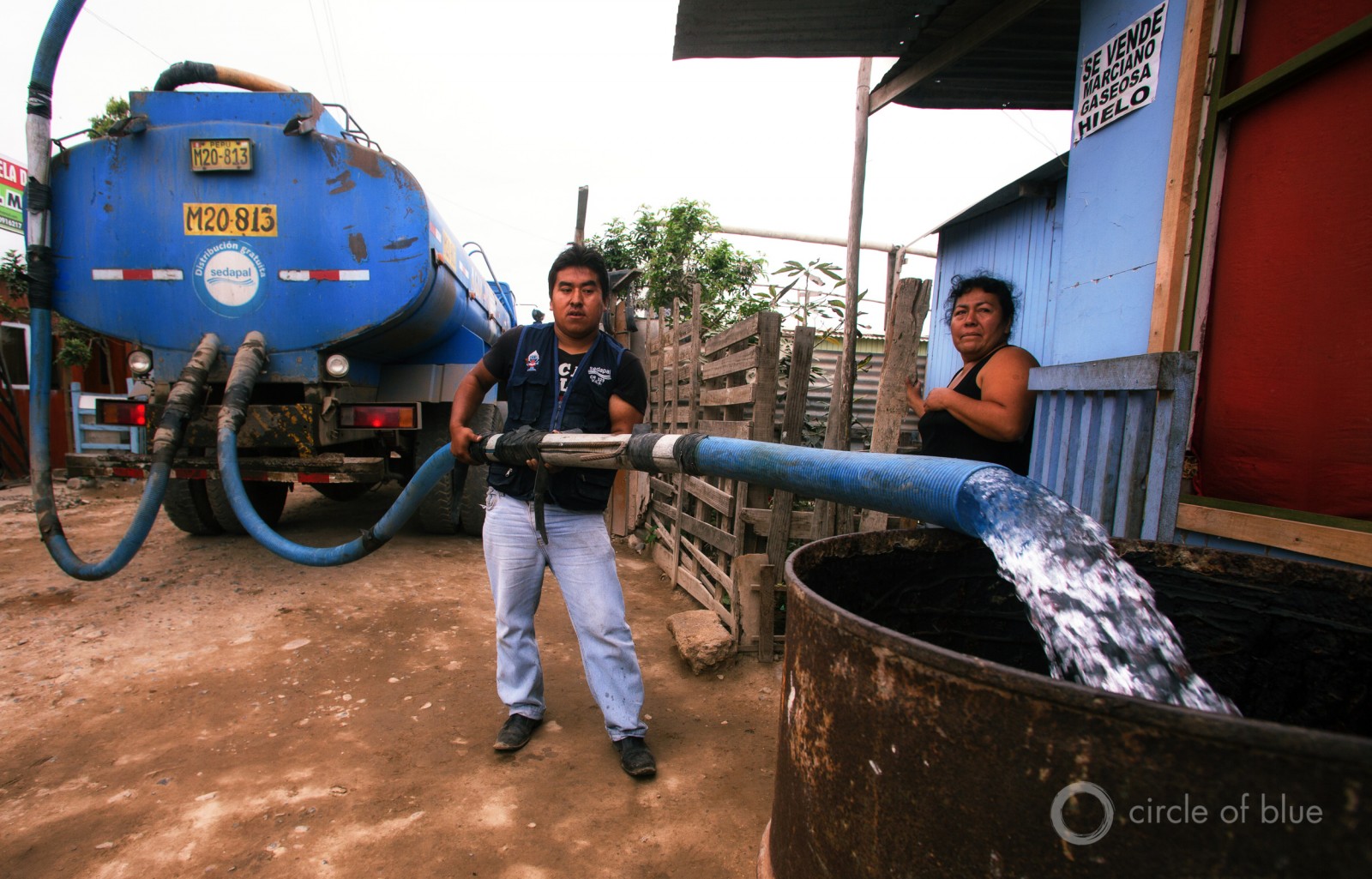
A man delivers water in Lima, Peru. Photo © J. Carl Ganter/Circle of Blue
Lima, Peru, is at high risk for water shortages. With a population of 10 million, the world’s second-largest desert city receives a paltry 0.3 inches of rain each year, and relies on just three rivers to provide drinking water to residents.
The risk has not gone unnoticed. In the past few decades, the Peruvian capital emphasized a water renewal, repairing and improving infrastructure and restoring its upland watersheds. Yet despite these developments, an estimated 1.5 million people remain underserved. Their homes have no running water, and they depend on deliveries from privately-owned water trucks.
Lima’s water distribution is rife with inequality. Citizens with running, potable water pay 1.3 sols ($0.40) to Lima’s water utility SEDAPAL for each cubic meter of water. On the other hand, trucked-in water costs roughly 20 sols ($6) per cubic meter, an exorbitant cost for the poor.
Often, the trucked-in water is also untreated. It is sometimes gathered from polluted streams and dirty ditches. The inside of most trucks is cleaned infrequently. Once the water is delivered, it is usually stored outside in large barrels, where mosquitoes can lay eggs.
“You can see the effects of the way the water is being stored in the kids’ health,” Daniza Cruz Navarro, a resident of the Nuevo Pachacutec settlement, told BBC. “They often get sick, there is often misuse and mismanagement of the water here.”
If possible, residents boil the trucked-in water before using it for cooking or drinking, but this adds to the cost. Daniza says she spends 10 to 20 times more on water than her neighbors who are connected to the main grid.
The situation is complicated by a lack of land title. SEDAPAL will only install running water on properties where residents possess valid documentation of ownership. Most households that rely on trucked-in water do not have these documents, leaving them with little hope of receiving running water.
New Investments Amid a Changing Climate
Water access in Lima could soon become more unequal due to a growing population and a changing climate. The three key rivers — the Rimac, Chillon, and Lurin — that supply the city struggle to match demands. With Lima’s population expected to reach 12 million by 2030, city officials are rushing to close the gap.
Over the next few years, SEDAPAL plans to invest nearly $7 billion in new infrastructure. Some of the funding will go toward enhancing the quality of the city’s tap water, as well as improving sewage treatment. The rest will be used for more ambitious projects, including a desalination plant south of Lima. SEDAPAL also intends to build more reservoirs to store precipitation that falls in the mountains near Lima.
The infrastructure improvements, however, may not be enough.
“Climate change is hitting hard and the future of water for Lima is in doubt,” explains Carter Brandon, a lead economist with the World Bank. “We don’t actually know what the climate impact is going to be. Or the city’s future growth either.”
Scientists say that climate models are unable to predict the future of precipitation in the Andes, where Lima’s water supply originates. In recent years, rainfall has decreased. Temperatures have also risen, melting mountain glaciers.
“We are worried here in Peru because climate change is already having a huge impact on our access to water,” Armando Mendoza, a research officer with Oxfam, said in an interview with BBC. “In the last 40 years, the glacial coverage has retreated by 40 percent, more or less, because of the increase in global warming.
“The predictions are that in the future access to water will become even more difficult and the ones who are most vulnerable to this are the poor.”
In hopes of averting crisis, SEDAPAL has enlisted the World Bank to help determine the best use of water infrastructure funding. In 2015, the World Bank reviewed SEDAPAL’s $2.7 billion Master Plan, which included 14 potential, large-scale investments. The study identified which projects were important now, and which could be adopted later on as conditions change. The analysis reportedly saved Lima more than $600 million.
The World Bank also encouraged SEDAPAL to invest in grassroots changes.
“It turns out some of the most valuable things they can do are ‘soft.’ They can encourage water conservation and recycling. They can make ecological investments in the upper watersheds, working with farmers and ranchers. And they can do better water-quality monitoring with mining companies to protect water quality,” said the World Bank’s Carter Brandon.
In response, SEDAPAL has begun reaching out to NGOs for help in protecting watersheds. It is partnering with the The Nature Conservancy and other groups on Aquafondo, a fund for watershed restoration. A portion of the revenue from Lima’s water rates goes toward conservation projects supported by the fund. The utility hopes that its investments, large and small, will boost Lima’s resilience in an uncertain future.
Resources And Further Reading
In context reporting from Circle of Blue: Growth in Lima, Peru’s Capital, Served Without Water
In Peru water is a high price for Lima’s poor (BBC)
Peru’s Sedapal to add Lima water treatment plants (BNamericas)
The persistent water problems of Lima, Peru: Neoliberalism, institutional failures and social inequalities (Research Gate)
The World’s Looming Dry Taps (U.S. News & World Report)
Thirsty Lima Uses Robust Planning to Address Its Future Water Needs (The World Bank)
Water woes in Lima: A glimpse of our future? (BBC)
Kayla Ritter is a recent graduate of Michigan State University, where she studied International Relations and Teaching English to Speakers of Other Languages. She is currently based in Manton, Michigan. Kayla enjoys running, writing, and traveling. Contact Kayla Ritter

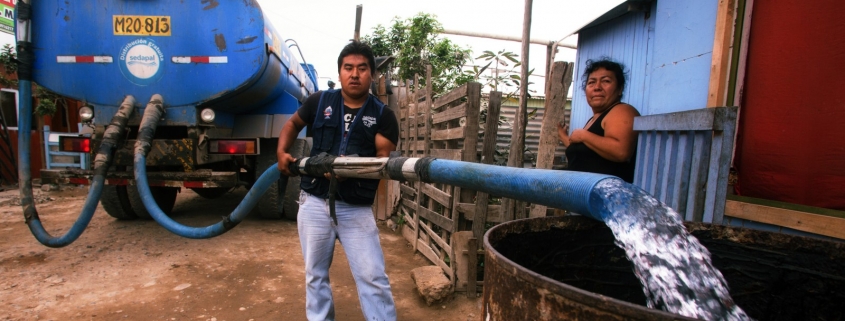


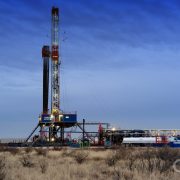
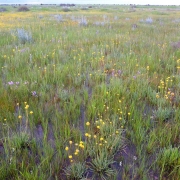
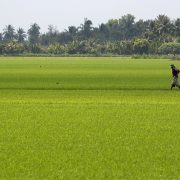
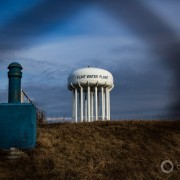
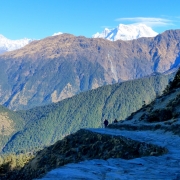
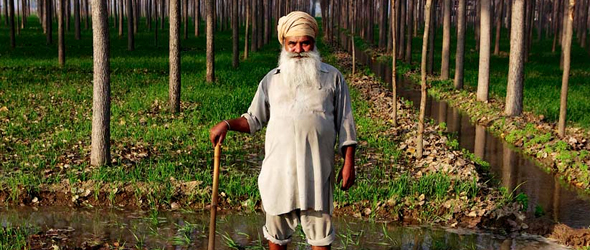


Leave a Reply
Want to join the discussion?Feel free to contribute!